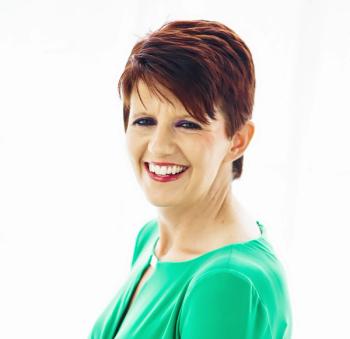
Empowering an entire team to prevent burnout
One Stanford clinic’s democratic approach to patient care has improved outcomes for the entire team.
In his 35-year family medicine practice, Alan Glaseroff, MD, an adjunct professor of medicine at Stanford’s Arnie Milstein Clinical Excellence Research Center, has seen a lot of burnout among clinicians.
In his experience, he has identified the two most common causes. The first is the “unique sorrow and sadness that comes with being a physician”-forms of compassion fatigue coupled with the “suck-it-up ethos” of medicine, where doctors feel pressured to compartmentalize emotions. The second, the “trauma inducing nature of how administration can work, which is a top-down, give-orders approach,” he explains.
When he and his wife, Ann Lindsay, MD, a family medicine doctor were given the opportunity in 2012 to create Stanford Coordinated Care, a program intentionally designed to address burnout while caring for patients with chronic and complex illness, they leapt at the chance. Using human-centered design and Lean Startup techniques which emphasizes feedback gathering and experimentation, the 5 ½ years of the program have been some of the most meaningful of his career, he says.
Everyone has a voice
The program upends traditional doctors’ offices and hospital settings in a number of ways. The most unusual change of structure is an abandonment of the traditional top-down hierarchy in which physicians give orders but don’t always take feedback from everyone else, from nurses to medical assistants.
“Our approach was to create team-based care where every single person working in the clinic, including medical assistants and office assistants, has a voice that is equal to everyone else’s,” Glaseroff says.
In addition, they see problems as opportunities for every team member to learn. “Anyone could say there was a problem and be part of the solution,” he says. This had the result of “preventing cynicism from taking over.”
When everyone felt heard, all team-members were more likely to raise issues that could solve workflow problems without conflict. Having a process “that avoids defensive reactions to criticism” has been key to smoothing out communication.
The result is that “everybody who works with us loves the work, and the patients love what we are doing.”
One of their MAs drives an hour and a half both ways from a distant town, though she could get work closer to home, “just to experience that joy in practice environment where her work is really valued.”
Working together, literally
In another shift of the traditional medical setting, the clinic is co-located, so everyone works in one big room. This means “everybody has each other’s back on the team,” he explains. It also supports more collaborative problem solving when someone is having a difficult time.
“If someone is overwhelmed at the end of the day and someone else has gotten their work done, they’ll come over and say ‘Give me some of your work, I can help.’” This helps to keep to their goal of getting everyone out of the office on time every day with all work done.
The program’s success is reflected in their patient experience survey where for the measurement of “likelihood to recommend” the clinic has scored in the 99th percentile for each of its years. “Patients loved it, they knew something different was going on and everyone had high job satisfaction,” Glaseroff says.
That said, he acknowledges that any program that wants to adopt a similar approach must do it intentionally and commit to it.
“It’s an uphill struggle. If you succeed at doing it, you will rule the world-the patients will get it, providers will get it, and experience scores will go up,” he says.
Newsletter
Stay informed and empowered with Medical Economics enewsletter, delivering expert insights, financial strategies, practice management tips and technology trends — tailored for today’s physicians.


















